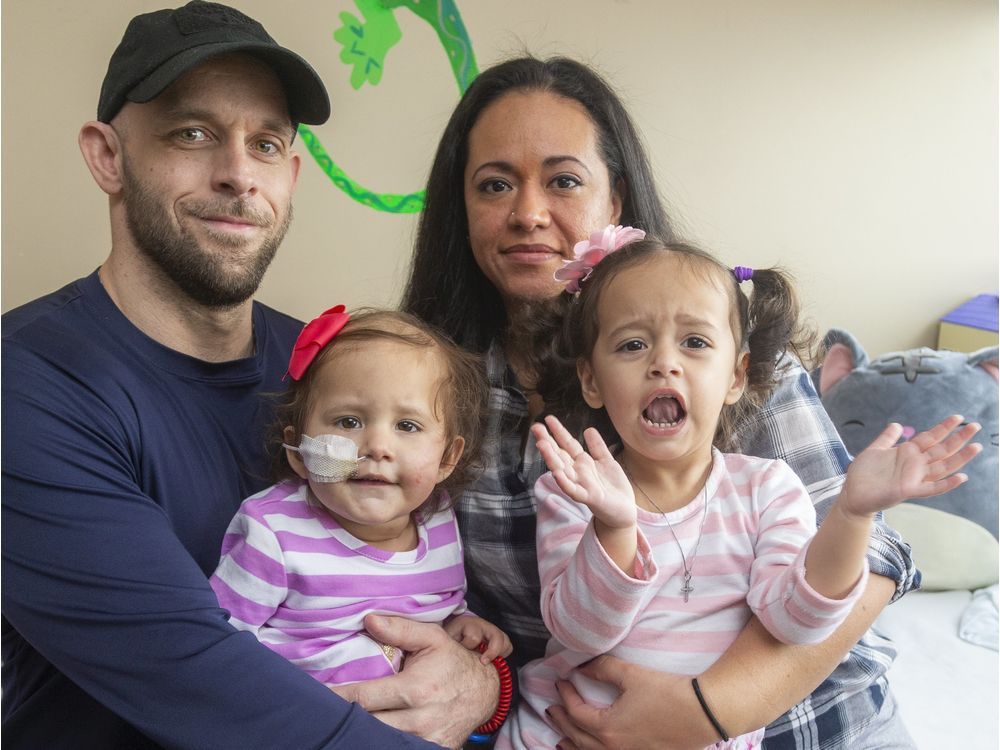unexplained fevers, bone pain, night sweats. these are just three possible signs that you may have blood cancer.blood cancers account for 10 per cent of all cancer diagnoses in canada — a relatively small number, but it’s on the rise, says paul o’connell, manager, medical and scientific engagement, at the
leukemia & lymphoma society of canada in halifax. “there has been a slight increase in incidence,” he says. “but that could be due to better surveillance and better testing.”in 2020, about 6,900 canadians will be diagnosed with leukemia and another 10,400 with non-hodgkin lymphoma, says the
canadian cancer society.despite the rising rates, blood cancers also have some the highest
survival rates, he adds. “those are definitely increasing. some [blood cancers] have survival rates of 90 per cent after five years.”part of this is due to the development of several exciting treatments, such as cart-t therapy. researchers are also working to develop vaccines against cancer. “there’s going to be less reliance on drugs that have a negative impact on the body, along with more individualized therapy,” says o’connell.
types of blood cancers
blood cancers are grouped depending on how quickly they develop and grow. while acute leukemias start suddenly, chronic forms develop over a long period. there are the four main types:
leukemia starts in the blood and bone marrow. it is caused by the creation of too many abnormal white blood cells and prevents the bone marrow from making red blood cells and platelets. there are four main types of leukemia: acute lymphocytic leukemia (all), acute myelogenous leukemia (aml), chronic lymphocytic leukemia (cll) and chronic myelogenous leukemia (cml). cll and aml are the most common forms diagnosed in adults.
what to look for. some signs of leukemia include aches in the arms, legs or back, unexplained bruises, enlarged lymph nodes, fever without an obvious cause or a chronic low-grade fever, headaches and unexplained weight loss.
hodgkin lymphoma develops in the lymphatic system from cells called lymphocytes —white blood cells that help the body fight off infections. it is diagnosed when an abnormal lymphocyte called the reed-sternberg cell is present. most cases occur in people with no identifiable risk factors. however, some studies have made connections between a diagnosis of hodgkin lymphoma and infection with human t-cell lymphocytotropic virus (htlv), hiv or having a sibling with the disease.occasionally, siblings of people with hodgkin lymphoma have a higher risk of developing hodgkin lymphoma.
what to look for. signs of of hodgkin lymphoma include unexplained fever, a persistent cough, shortness of breath during normal activity, night sweats, lack of energy, lymph node pain after drinking alcohol and an enlarged spleen.
non-hodgkin lymphoma also develops from lymphocytes. scientists believe it may be caused by exposure to certain bacteria and viruses, such as the virus that causes hiv/aids, epstein-barr, the human t-lymphocytotropic virus or helicobacter pylori, the bacteria that cause stomach ulcers.
what to look for. some signs of non-hodgkin lymphoma include unexplained fever, night sweats, unexplained weight loss, loss of appetite itchy skin and lack of energy.if non-hodgkin lymphoma starts in the bone, lung, the digestive tract or the skin, symptoms may include: rashes, bone pain, cough, chest pain, abdominal pain and lumps under the skin.
multiple myeloma begins in the blood’s plasma cells, a type of white blood cell that is made in the bone marrow. most people who develop myeloma are over 50, and more men develop it than women. african canadians are more likely than caucasians to be diagnosed, as are those exposed to radiation, pesticides or fertilizers, or those who are obese.
what to look for. signs of multiple myeloma include bone pain from related to bone fractures that occur most commonly in the back, front of the chest, ribs, hips or skull, fatigue, weakness, shortness of breath, dizziness and paleness, nosebleeds, bleeding gums, a lot of bleeding from minor cuts or scrapes, extreme thirst, or w
eakness and shortness of breath.how are blood cancers treated?
the way blood cancer is treated depends on many things, including the type of cancer, your age, and how fast the cancer is progressing. typical treatments include targeted chemo therapy, radiation therapy and stem cell transplantation. some more recent
treatments show show promise and are giving hope to people living with blood cancers that are not responding to current therapies.
car t-cell therapy. car t-cell therapy takes a patient’s t-cells — which are among the body’s most important immune cells — adds extra genetic matter called chimeric antigen receptors (cars) and infuses it into the person’s bloodstream. cars allow t-cells to detect and kill cancer-carrying cells, which can otherwise be difficult to identify. once in the bloodstream, car t-cells continue to multiply, which is why car t is sometimes referred to as a “living drug.” this individualized therapy has shown
promising results. it is not yet approved in canada, but some canadians have been treated in the u.s.
immune checkpoint inhibitors. this is an immunotherapy agent used in patients with recurring hodgkin lymphoma. it blocks a protein that prevents t-cells from attacking the hodgkin lymphoma.
seven immune checkpoint inhibitors are approved for use in canada.
bite. bites (bispecific antibodies) attach to a t-cell and a tumour cell at the same time to treat acute lymphoblastic leukemia (all). bites is also being explored as a treatment for other cancers.
looking for blood cancer support? lymphoma canada , the leukemia and lymphoma society of canada, cll patient advocacy group and the canadian cml network are just some of of patient advocacy communities in canada that can help you navigate care and find lived experience to help you move forward.
 4 minute read
4 minute read








